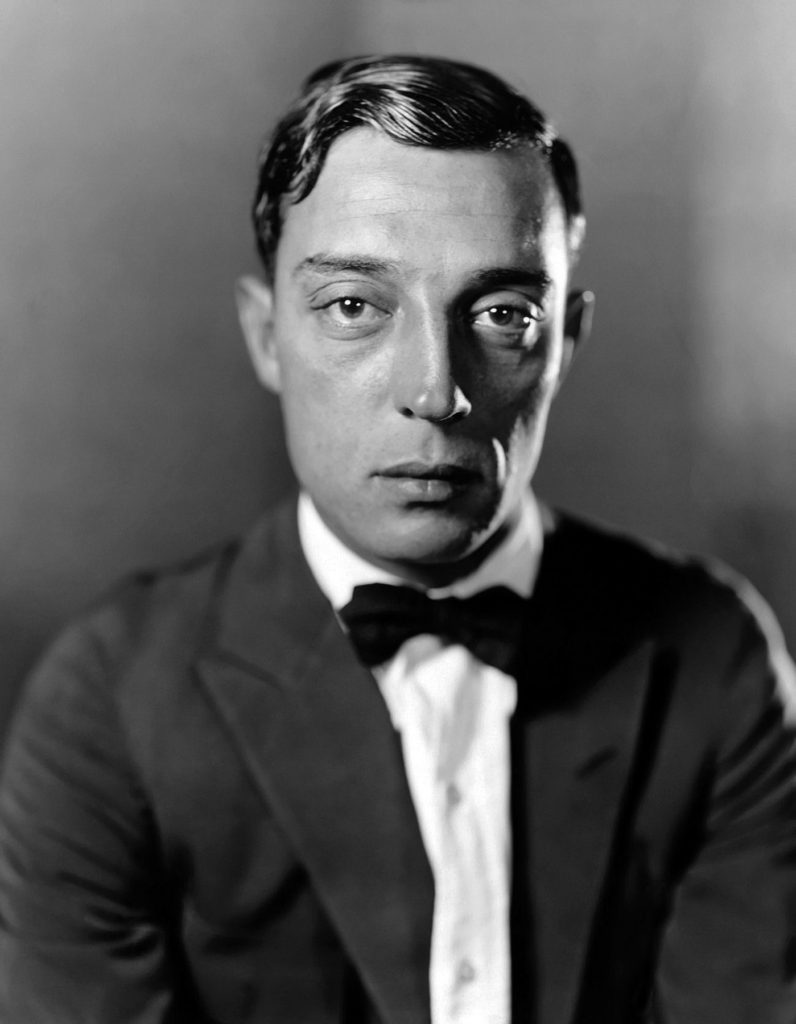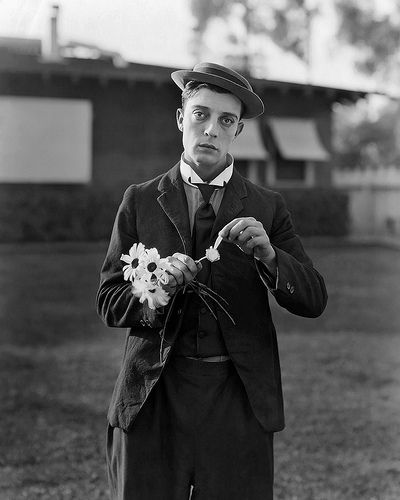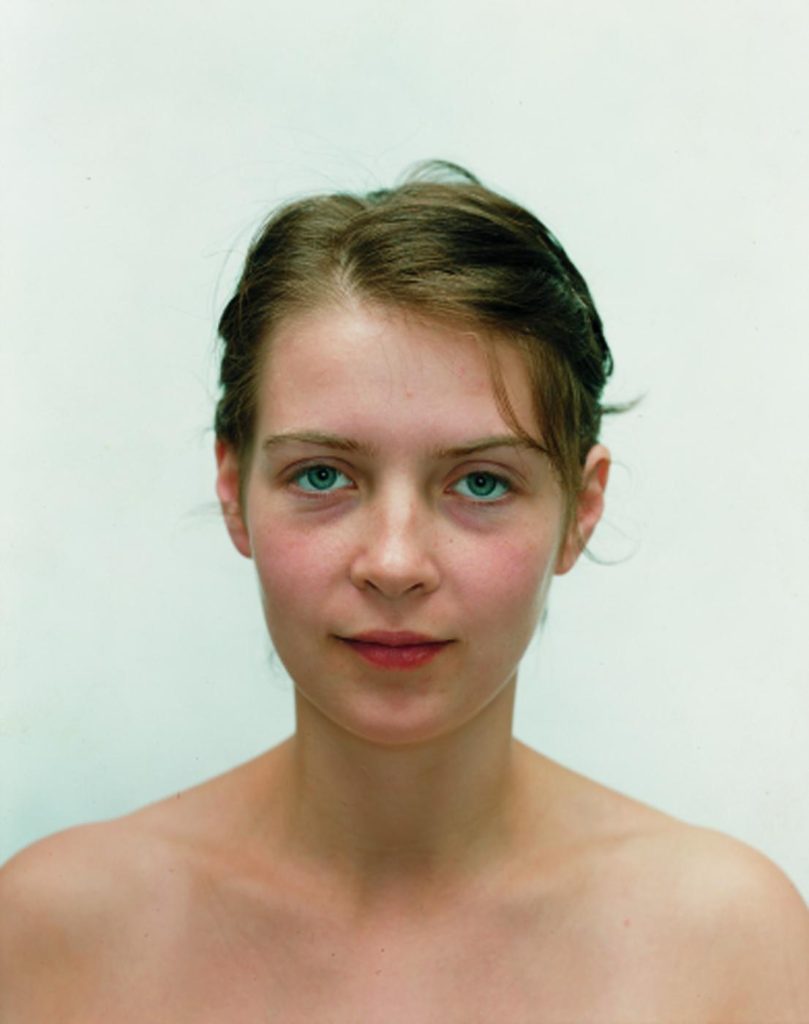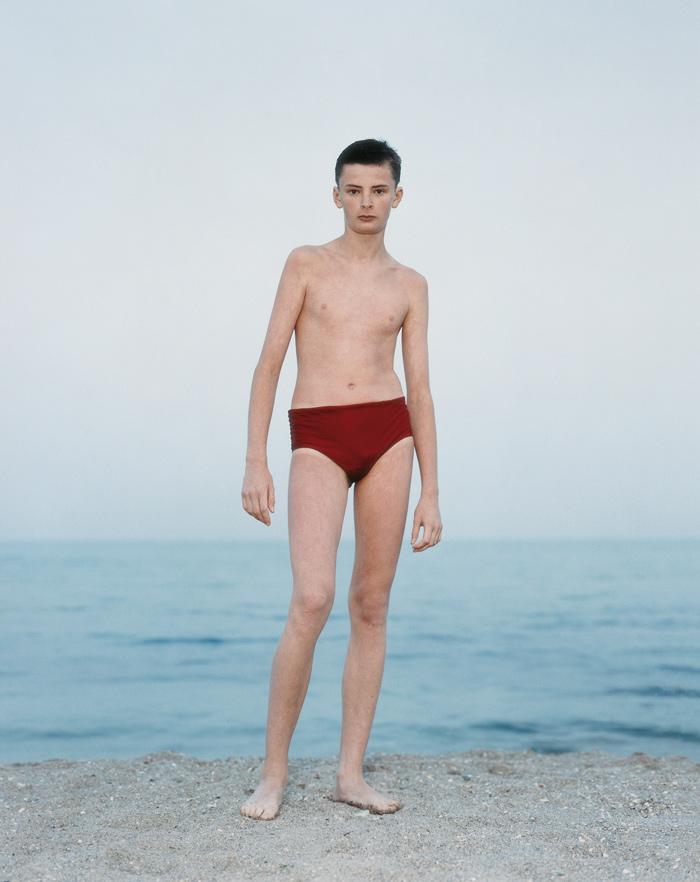What is the deadpan aesthetic?
First appearing in 1927, the term ‘deadpan’ was coined by the New York Times magazine to describe the work of Buster Keaton, an American actor, comedian, film director, producer, screenwriter, and stunt performer.
A deadpan photograph is often described as being ‘devoid of emotion’, which is prevalent in the Keaton’s work. A deadpan image is considered to be seemingly empty, existing merely as a subject and photograph. There is a clear lack of joy, sorrow or any other emotion on the subject’s face and the deadpan is often considered a mood of its own. The aesthetic of deadpan is that the photographer is entirely detached from the subject being photographed, the subject is indifferent and the image produced is objective.
The visual language of the deadpan
THEORETICAL AND PHILOSOPHICAL BASIS OF
aesthetics is mainly built on the absence of a photographer’s emotional input.
THE DEADPAN AESTHETICS
Peter Lančarič
Modern deadpan photography can be seen in the works of photographers such as Rineke Dijkstra and Alec sloth, whose images are highly engaging yet seemingly disengaged with the subjects.
Soth’s photography consists of a mix of still lifes, portraits and landscapes, presenting the world in a completely unbiased way. His images have “a sense of distance is so tangible you can almost feel it” according to a New York Film Academy article in 2014. The portraits Soth produces show, in full, real people who have real stories and hobbies and so forth, yet his images are completely objective and present them no further as a body and a face. What you see is what you get; his subjects are not posed or dressed for the shoot and are presented as honestly and as accurately as possible. They are presented as though this is how they would appear if you were to walk up to them in real life.
The detached and unemotional style of deadpan photography is rooted in the development of the ‘New Objectivity’ (Neue Sachlichkeit) movement of the 1920s. This style was pushed forward in the 1970s by Bernd and Hilla Becher, who photographed large water tanks and other industrial landscape features in a formal manner and producing high quality objective images and typologies.
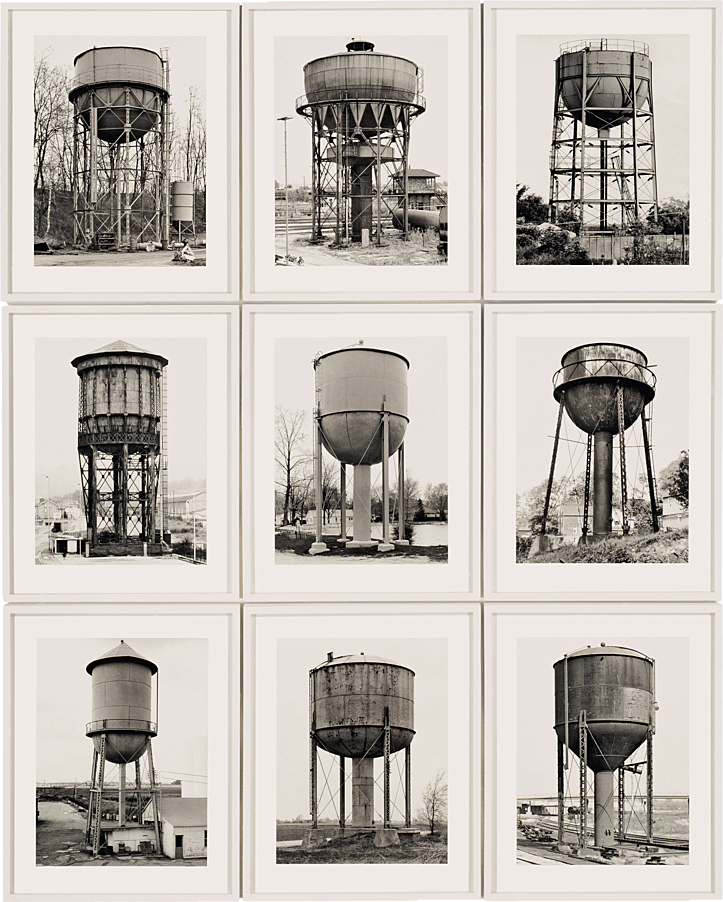
As the 2000s emerged, the aesthetic of deadpan has become more prevalent in photographic portraiture.
Images from Thomas Ruff, for example, reflect a modern understanding of the photographic presentation of a subject and the ability to capture and highlight identity issues.
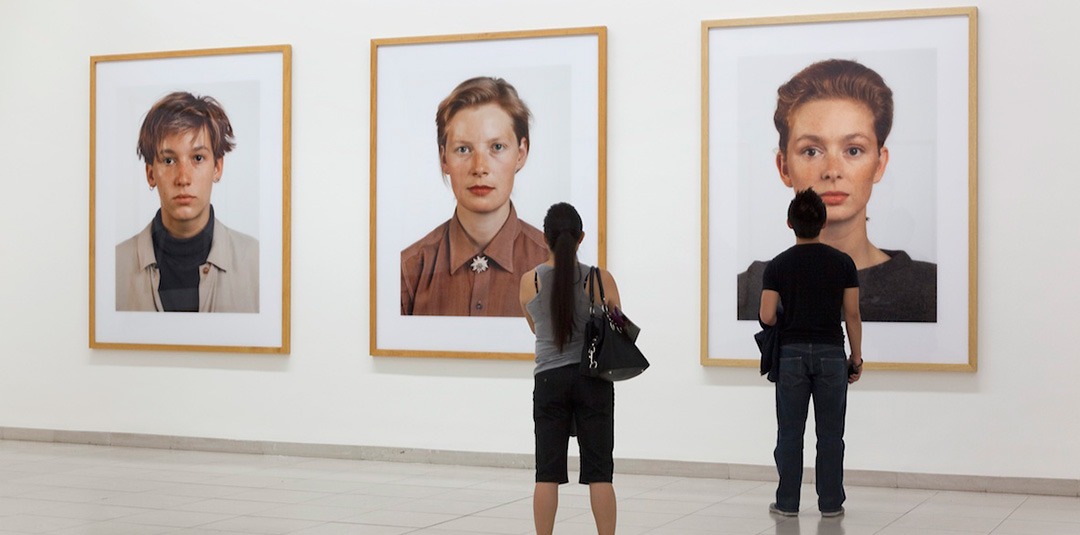
Thomas Ruff
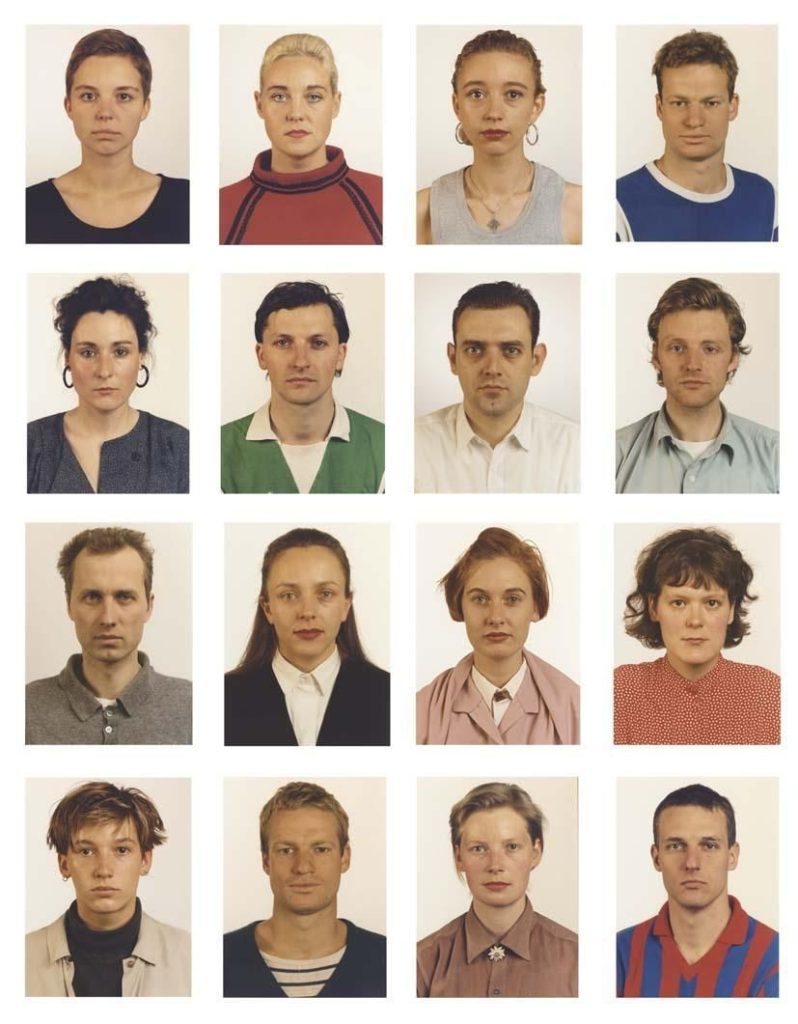
Ruff is a German photographer who studied under Bernd and Hilla Becher at the Kunstakademie Düsseldorf (Düsseldorf Art Academy). He is renowned for his production of 60 passport-like portraits. The images were all taken in the same manner and are a perfect depiction of the deadpan aesthetic. The subjects were framed as in a passport photo, typically shown with emotionless expressions, in front of a plain background and with the upper edge of the photographs situated just above the hair. The colours are de-saturated and muted, as many deadpan images are.
All of Ruff’s subjects were of German ethnicity and between 25 to 35 years old. The images are objective, display no information and do not grant any insight into the person pictured. Yet, all these psychologically blank portraits portray the prominent character of his generation- the first to be born after World War II.
He captures perfectly the identity issues that his generation may have faced following WWII. Despite having no direct involvement or responsibility for the carnage of the war, the topic is still conflicting for each of the subjects- Should they, or should they not, feel guilty for the war crimes committed by their country?
Incorporating this into my project:
For the portrait sections of my photo-book, I’m aiming to incorporate the deadpan aesthetic into my images. These photos will introduce all of my subjects objectively, with no insight into their personality, character flaws or narratives within their lives. The portraits will be juxtaposed by still life images of objects that are often considered taboo. This will create a strong contrast between the ordinary and regular nature of the portraits and the negative connotations surrounding the objects, which could not have been achieved if the portraits presented the use of these objects or showed the emotions of my subjects. Placing these two types of images together also begins to create a narrative of it’s own, making the viewer question why each object is significant to the subject beside.
I’m also considering photographing the body parts of my subjects and juxtaposing this with the still-life shots. Photgraphing scars, tattoos and other distinguishing features ads depth to the narrative and gives an insight into the types of people presented throughout the book.


